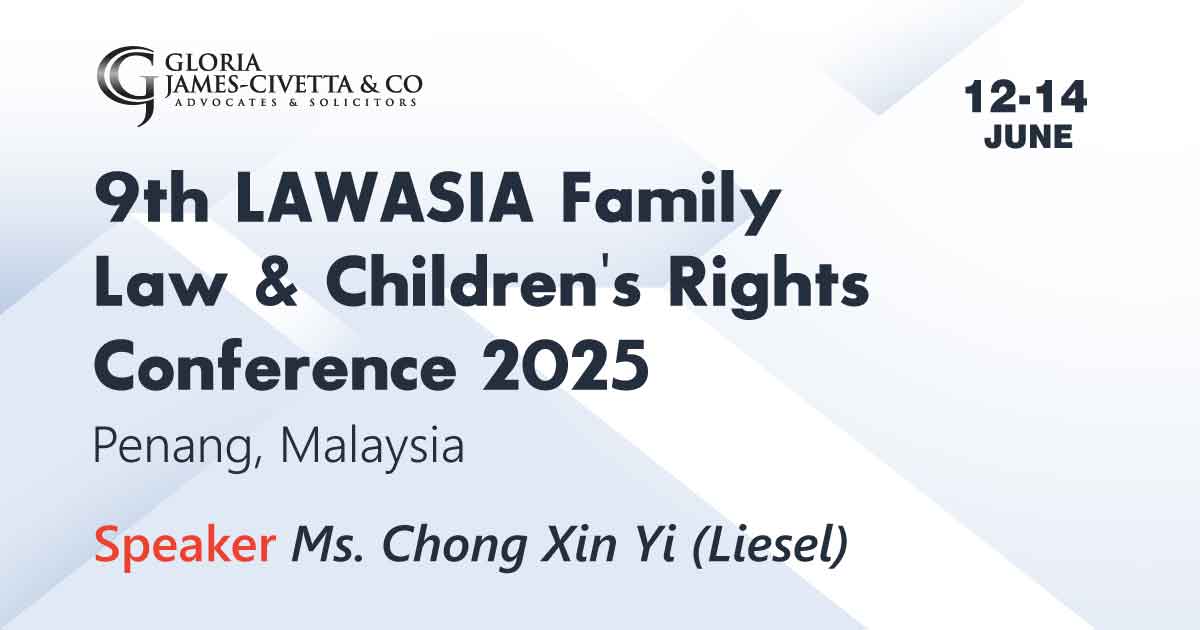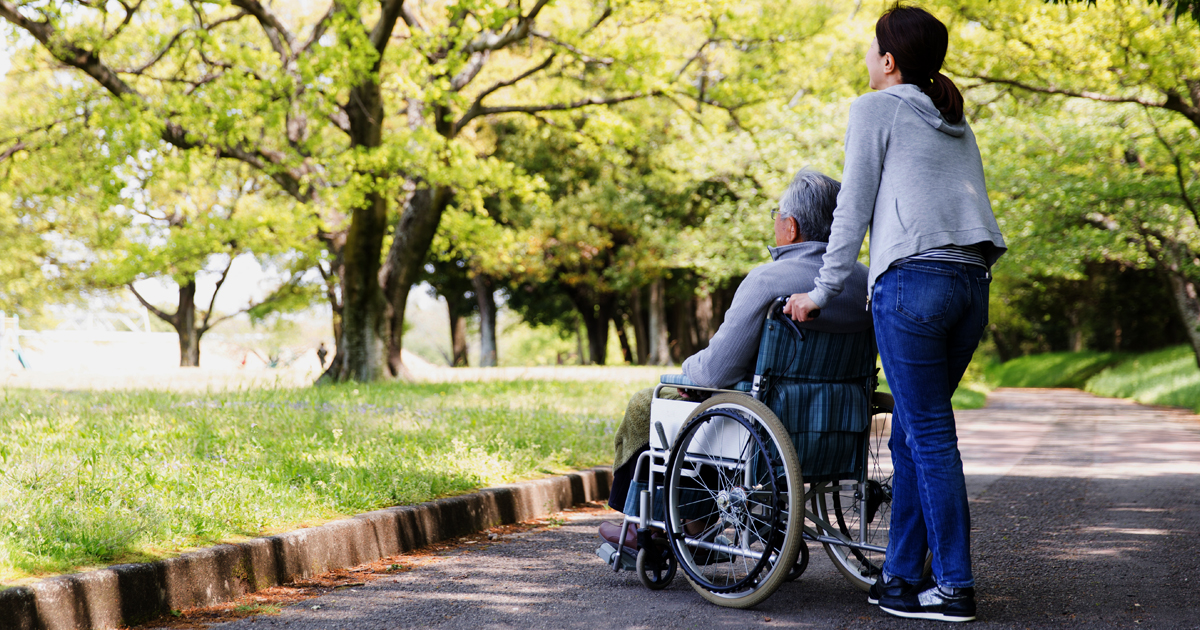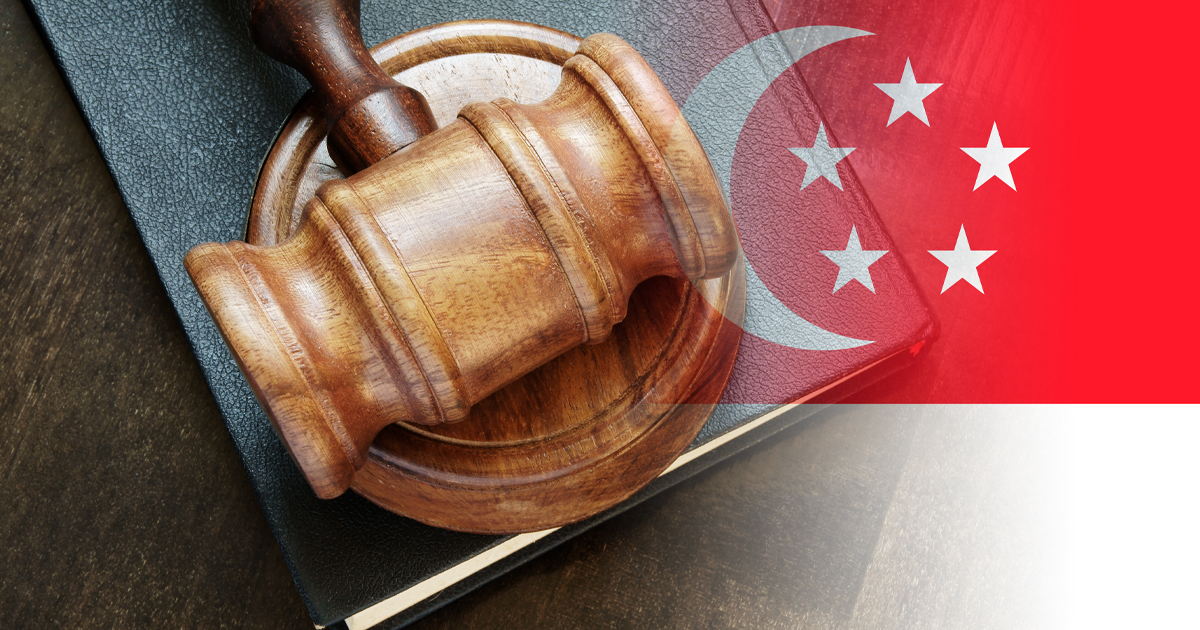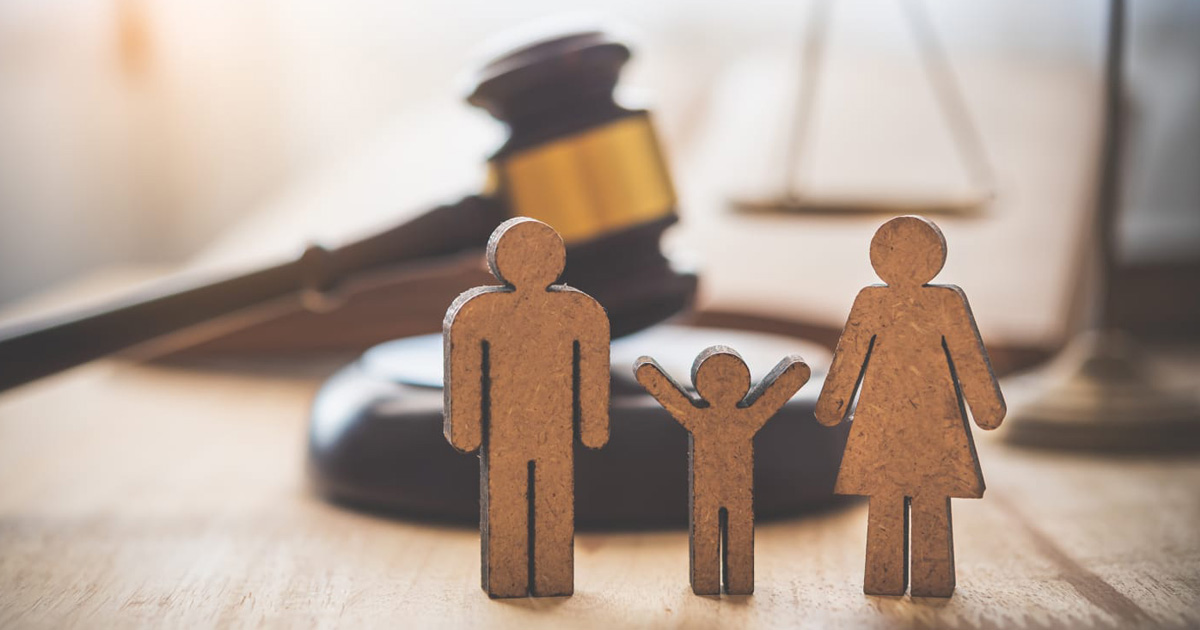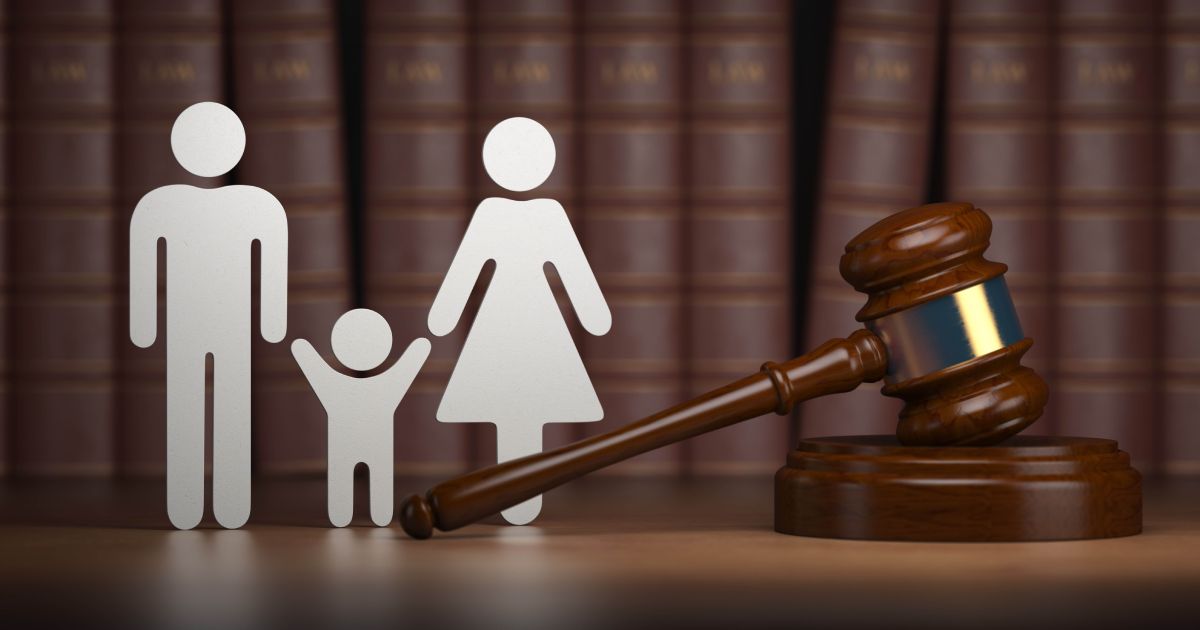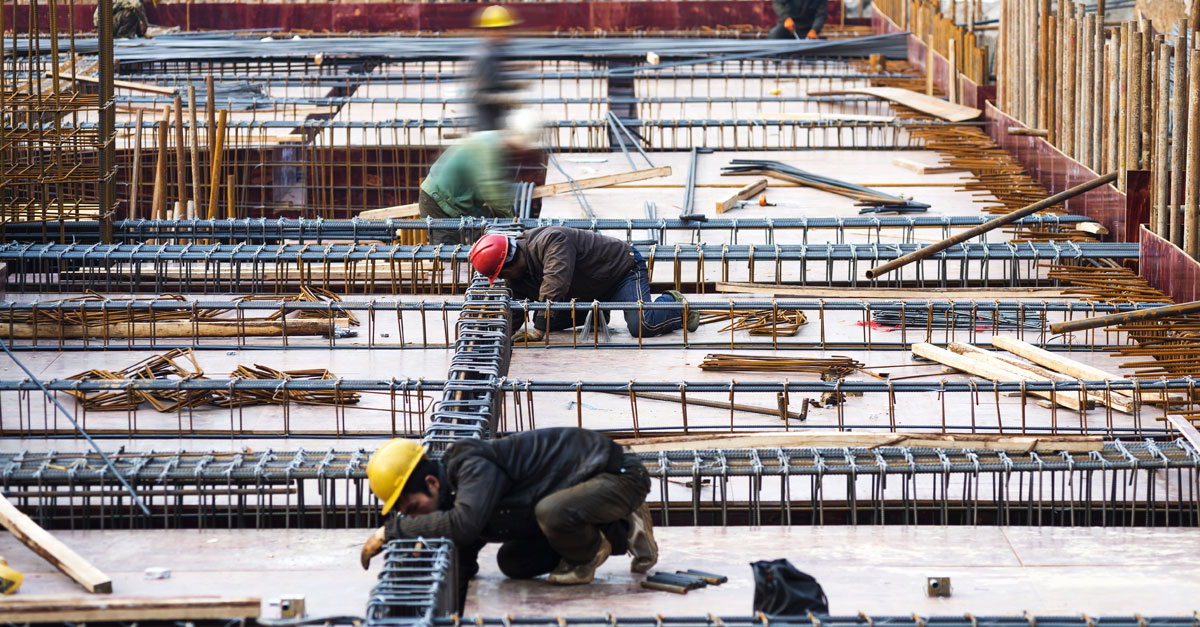By Ms Chong Xin Yi (Liesel)
At this year’s LAWASIA Conference, Ms Liesel Tan spoke on Singapore’s expanded definition of domestic violence, focusing on how recent legislative changes better protect survivors, particularly spouses and children, against non-physical abuse.
From the Old to the New – Evolution of the Law
To obtain a protection order in Singapore, a person must show that family violence has occurred or is likely to occur, and that a protection order is necessary.
Before 2 January 2025, family violence was limited to physical harm, threats, wrongful confinement, or continual harassment. Now, the law explicitly recognises:
- Physical abuse
- Sexual abuse
- Emotional or psychological abuse
Although the term “coercive control” isn’t used, the revised legislation captures the sustained, manipulative behaviours the term refers to. The focus is now on the harm caused to the survivor.
New Legal Territory – No Case Law Yet
As of June 2025, there are no published court decisions interpreting the new definition of emotional or psychological abuse. This legal uncertainty raises important questions:
- What behaviour meets the threshold of “emotional or psychological abuse”?
- Will the court require expert medical opinion?
- Is a survivor’s own account enough?
A Key Challenge – Spousal Survivors
Non-physical abuse between spouses can be extremely difficult to prove. Emotional abuse may leave no visible marks, and survivors often lack contemporaneous evidence.
Trials involving protection orders in Singapore include cross-examination. For many applicants, the legal and emotional burden can be overwhelming.
When the Survivor is a Child
The law now allows individuals above 18 (previously 21) to apply for protection orders independently. For those under 18, a parent, guardian, or court-appointed protector can apply on their behalf.
But emotional abuse of children often goes unnoticed. Many children normalise harmful behaviours or struggle to express them. Detection and proof remain major hurdles.
Moving Forward – Legal and Therapeutic Approaches
The 2025 amendments introduced:
- Emergency Protection Orders
- Mandatory Treatment Directions for perpetrators
But these changes are still new. Legal professionals play a key role in shaping how the law is interpreted and helping survivors come forward with clarity and confidence.
A Therapeutic Justice Lens
When assessing parenting and child arrangements, Singapore courts continue to promote therapeutic justice. This includes:
- Joint custody (unless one parent is clearly unfit)
- Care and control typically awarded to the primary caregiver
- Liberal access for the other parent, unless safety concerns arise
Where there is conflict, courts may order:
- Individual and co-parenting counselling
- Programmes like CODIP (Children of Divorce Intervention Program) and CIB (Children in Between), which support children’s resilience and reduce parental conflict
Final Thoughts
Singapore’s updated laws mark a turning point in how we understand and respond to domestic violence. While we await judicial interpretation, lawyers must advocate carefully and educate both survivors and the public about these protections.
Children, in particular, are not just legal subjects—they are individuals with emotional needs. As legal professionals, we must ensure their voices are heard and that all legal outcomes serve their long-term well-being.
